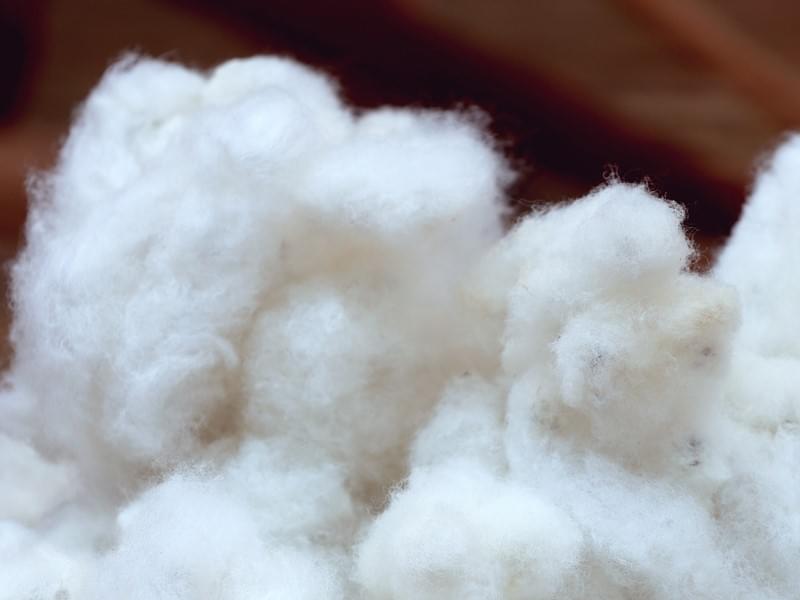Hygiene end-uses (baby diapers/nappies, feminine hygiene pads, and adult incontinence products) have historically consumed the majority of fluff pulp globally, but this is changing as fluff pulp usage in both nonwovens and other fluff pulp uses are forecast to grow at faster rates than hygiene end-uses. The major reason for this change, according to a new report from Smithers,
The Future of Fluff Pulp to 2027, is the global megatrend towards reducing plastics in nonwovens and other end-uses.
According to research contained in this new report, global fluff pulp consumption in 2017 was 5.8 million air-dried tonnes, and this increased to 7.0 million air-dried tonnes in 2022. The annual growth rate from 2017 to 2022 was 3.8%. By 2027, global fluff pulp consumption is projected to reach 8.5 million air dried tonnes with an annual growth rate projection for 2022-27 of 4.1%.
Reduction of plastics
The new study from Smithers explores how the global megatrend towards reducing plastics in nonwovens is changing the fluff pulp usage in both nonwovens and other fluff pulp uses are forecast to grow at faster rates than hygiene end-uses. The 2019 European Union’s Single-use Plastics Directive has accelerated the trend to reduce plastics use; higher fluff pulp usage in nonwovens and other end-uses are forecast to continue through 2027 and beyond.
While there is the same desire to reduce plastics usage in hygiene, the remaining plastic components in traditional hygiene products (polyethylene film, polypropylene film, elastic film, spunbond polypropylene topsheet, polyacrylate superabsorbents) are more difficult than replacing polyester and polypropylene fibres in nonwovens and other end-uses. While airlaid and coform nonwovens use are somewhat capacity constrained, fluff pulp use in spunlace is forecast to continue to grow much more rapidly than other fluff pulp uses. While the large hygiene end-use markets are forecast to grow annually at only 4.0% per year, nonwovens are forecast to grow at 5.1% and other end uses at 4.9%.
Hygiene end-uses
Within the large hygiene end-uses, there are markets with different levels of maturity and growth; baby diapers/nappies and feminine hygiene pads are the most mature and will grow at the slowest rates over 2022-27, 2.1% and 3.4% respectively. Training pants and adult incontinence are the least mature and hence are forecast to grow faster at 4.3% and 6.2% respectively. While training pants have slowed in growth, adult incontinence is still accelerating in growth and is the brightest market for fluff pulp in traditional hygiene in 2022.
Supply chain issues
Due to the lack of large, new fluff pulp supply, supply/demand ratios are tightening, and prices are increasing. This tightening is expected to continue through 2027, though prices are expected to moderate as transport costs arrive to a “new normal”. The global drive to reduce or eliminate plastics has only increased demand for fluff pulp at the expense of plastic fibres and products. The global drive to reduce or eliminate plastics has only increased demand for fluff pulp at the expense of plastic fibres and products.
Pricing and capacity
Fluff pulp prices have continued to increase; some of this is due to Covid-19 driven transportation costs. But some is due to supply and demand. There has been very little additional fluff pulp capacity added in the last several years; most added capacity has come from converting either bleached softwood Kraft papermaking pulp lines or packaging paper lines. Unfortunately, all pulp prices are high in 2022, so converting or even temporarily “swinging” papermaking grades to fluff pulp has been slow or even unlikely. Fluff pulp is expected to have reached a historical high point in 2022. Forecasts are for fluff pulp prices to retreat slowly and very modestly through 2027.
